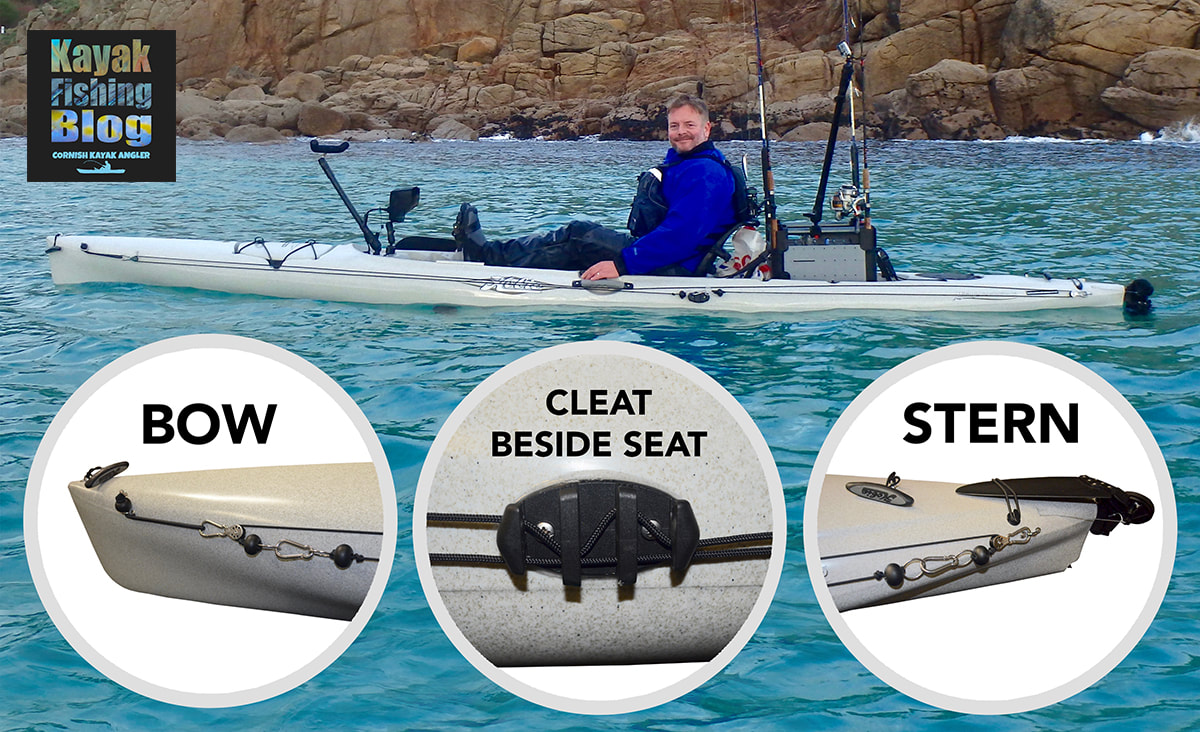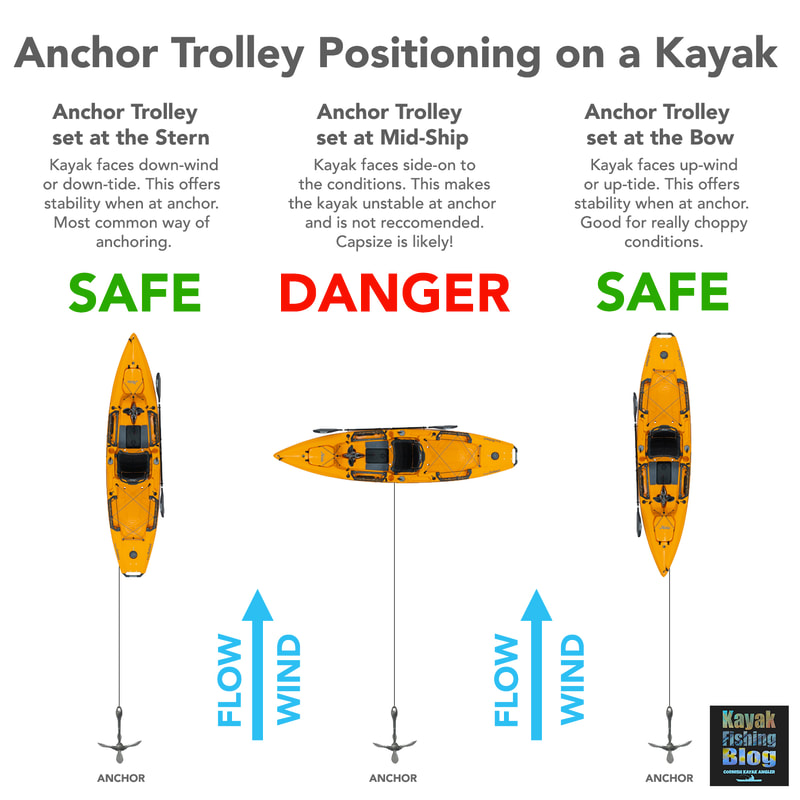Yes, you should anchor when kayak fishing. Anchoring helps you stay in one spot, making it easier to fish.
It also improves safety and control. Kayak fishing is a popular and exciting outdoor activity. But, many anglers wonder about the need for an anchor. Using an anchor can keep your kayak steady, which is important in windy or fast-moving waters.
This stability can improve your fishing experience. It allows you to focus more on fishing and less on paddling. Anchoring can also help you target specific fishing spots. By staying in one place, you can explore underwater structures where fish hide. So, should you anchor when kayak fishing? Absolutely. It enhances your control, safety, and fishing success.

Credit: m.youtube.com
Choosing The Right Anchor
Choosing the right anchor ensures stability while kayak fishing. It helps keep your position in one spot. This makes it easier to catch fish.
Types Of Anchors
There are different types of anchors for kayak fishing. Grapnel anchors are popular. They have hooks that grab the bottom. Mushroom anchors are good for muddy areas. They look like a mushroom and sink into the mud. Claw anchors work well in rocky places. They dig into the rocks and hold tight.
Anchor Weight And Size
Anchor weight and size matter a lot. A heavy anchor is good for strong currents. But it can be hard to lift. A light anchor is easy to carry. But it may not hold in strong winds. Choose the right size for your kayak. Small kayaks need small anchors. Big kayaks need bigger anchors. Always check the weight before buying.

Credit: www.kayakfishing.blog
Setting Up Your Anchor
Setting up your anchor is essential for kayak fishing. It keeps your kayak stable, allowing for better casting and baiting. Proper anchoring ensures you stay in one spot, increasing your chances of catching fish.
Anchor Line Length
The length of the anchor line is crucial. A longer line holds better. Use a line that is 5-7 times the water depth. This ratio ensures stability. The longer line allows better grip on the bottom. Always carry extra line in case of deep waters. Ensure the line is strong and durable.
Anchor Trolley System
An anchor trolley system helps with positioning. It allows you to move the anchor point. This helps in facing the current or wind. The system involves pulleys and a ring. Attach the anchor line to the ring. Slide the ring along the kayak to adjust. This setup provides flexibility. It keeps the kayak stable and in the desired spot.
Anchoring Techniques
To anchor, find a spot with less wind. Use a small anchor to hold your kayak in place. This helps you fish better. Drop the anchor slowly. Let it touch the bottom gently. Then, tie the anchor line to your kayak. Make sure it is secure. Check your position often.
Wind and current can move your kayak. Use a heavier anchor if needed. Drop the anchor on the side facing the wind. This keeps your kayak steady. Adjust the anchor line for the best hold. You may need to reposition. Stay safe and keep an eye on the weather.

Credit: www.kayakfishing.blog
Frequently Asked Questions
Do You Need An Anchor For Kayak Fishing?
Using an anchor for kayak fishing is beneficial. It helps to stabilize the kayak, preventing drift. This allows you to focus on fishing.
What Type Of Anchor Is Best For Kayak Fishing?
A folding anchor or a stake-out pole is best for kayak fishing. These anchors are compact and effective in various water conditions.
How Do You Use An Anchor On A Kayak?
To use an anchor, deploy it from the bow or stern. Ensure the anchor line is secured and managed to avoid tangles.
Are There Alternatives To Anchors For Kayak Fishing?
Yes, drift socks and stake-out poles are alternatives. These tools help control the kayak’s movement and position.
Conclusion
Anchoring while kayak fishing offers many benefits. You stay in one spot. This helps catch more fish. Safety improves too. Less drifting means fewer accidents. Choose the right anchor for your needs. Practice using it. Enjoy your time on the water.
Happy fishing!


